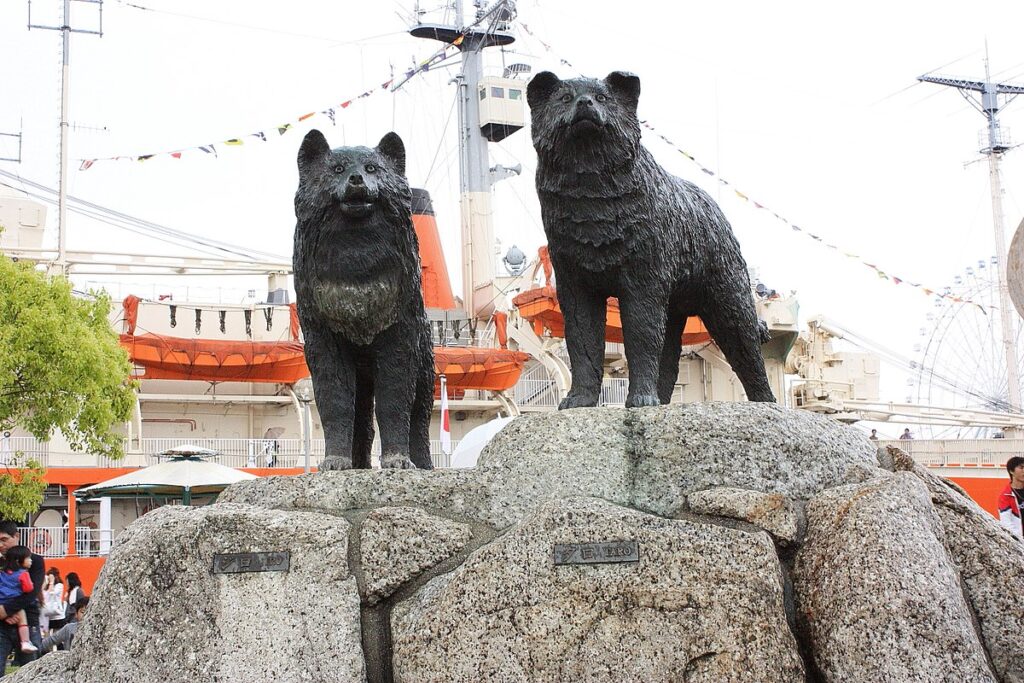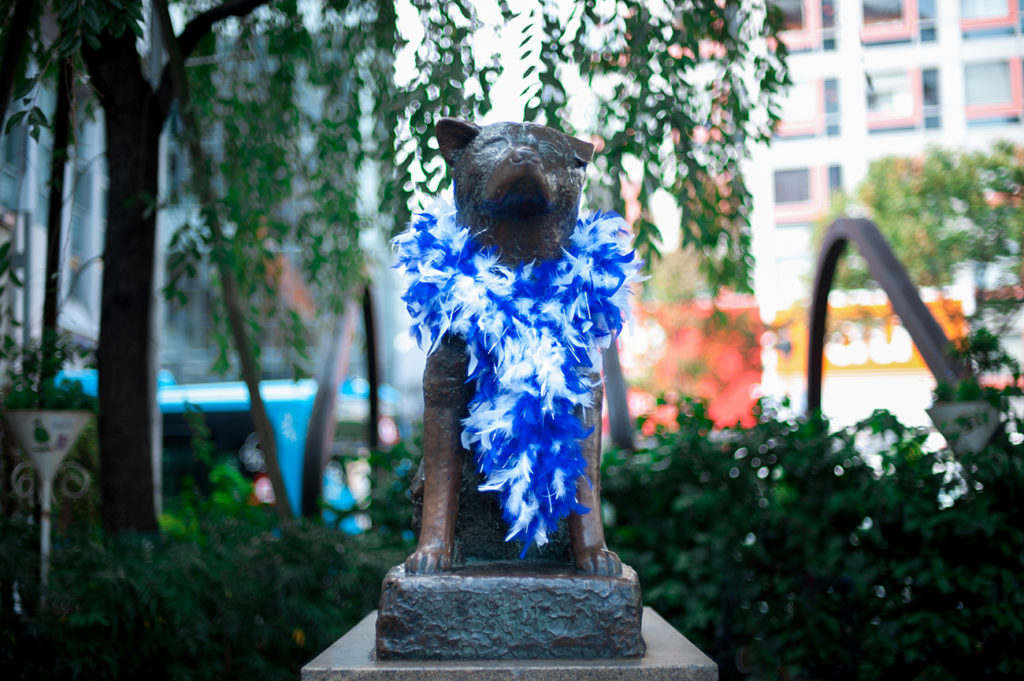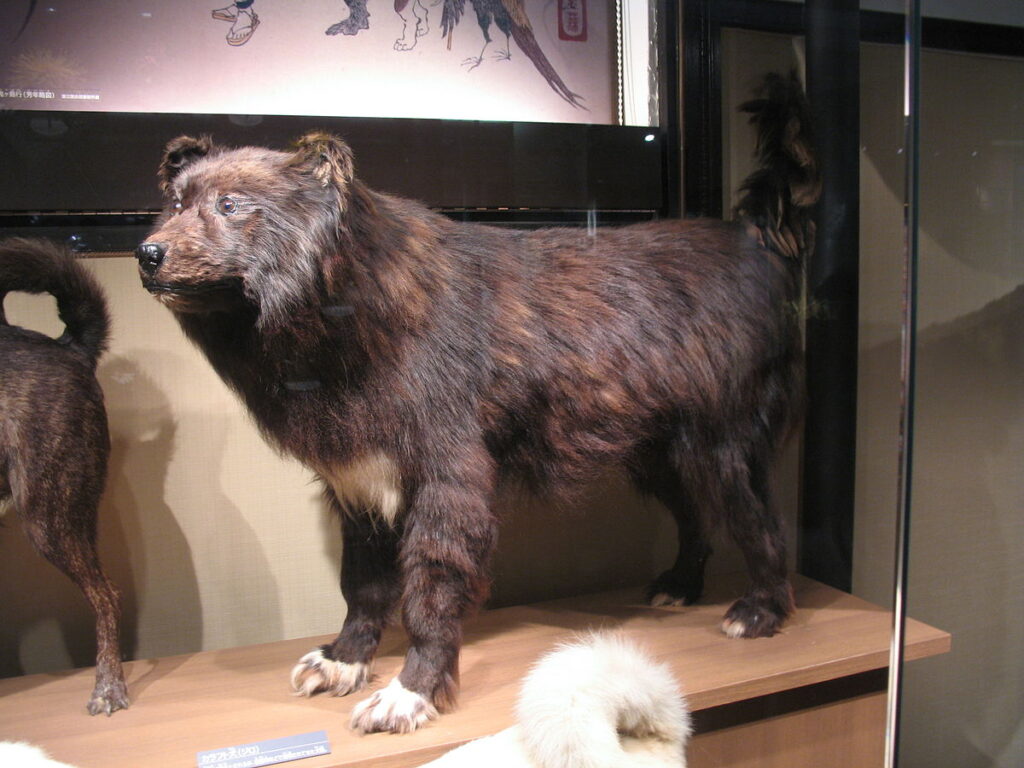
The Brave Taro and Jiro
A famous Japanese canine that is probably known all around the world is Hachiko who waited at Shibuya station faithfully for his master until his death. A bronze statue of Hachiko was placed at Shibuya Station on April 1934, and he even attended the unveiling. The statue was recycled in WWII; in 1948, the artist’s son Takeshi Ando was commissioned to recreate it. Made even more popular by cinema. The first was the 1987 Japanese flick, “Hachikō Monogatari,” and the second was the U.S. remake in 2009 called “Hachi: A Dog’s Tale,” starring Richard Gere and Joan Allen.
Japanese superstitions are deeply rooted in the history and culture of Japan. Its roots can be traced all the way back to Japan’s ancient pagan beliefs, the regard for certain natural things as kami (spirits or phenomena that are worshiped in the religion of Shinto), and the animist culture. An offshoot of this is that many Japanese superstitions involve belief about animals and depictions of animals bringing about good or bad fortune. This concept makes cats and dogs even more important in the Japanese culture.
There are other revered dogs throughout Japan’s history aside from Hachiko. Check them out!
Surving against all odds
Taro and Jiro were Sakhalin huskies, or Karafuto ken in Japanese. They got worldwide attention in 1959 when they were left in Antarctica by a Japanese expedition team for almost a year yet surviving the entire time.
Japan set out on its first scientific expedition to Antarctica in 1957. With the team of explorers went 40 dogs to help in their mission, Taro and Jiro being among the 40 canines. After the team’s one year stint, they were set to be rotated with a new crew. Unfortunately, the replacement crew’s ship got stuck in the ice and the mission had to be put on hold and evacuate. 15 dogs were left behind with barely any food. Seven dogs perished, still chained at the campsite but Taro, Jiro and six other dogs managed to escape. The dogs endured the treacherous weather and survived on what they could scavenge. In 1959, another Japanese research team returned to Antarctica surprised to discover Taro and Jiro still alive.
Stuffed Sakhalin Husky “Jiro” at National Museum of Nature and Science
The dogs remained in Antarctica with the rest of the team but news of their survival was celebrated in Japan as a testament to courage and perseverance. Jiro passed away in Antarctica in 1960 but Taro was brought back home and lived out the rest of his days at the Hokkaido University in Sapporo until his death in 1970.
Image credits:


